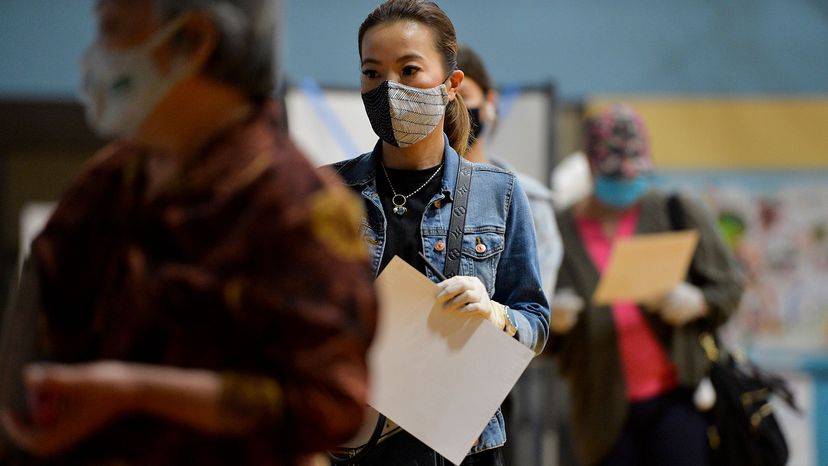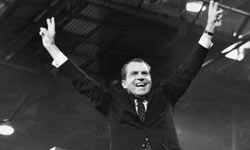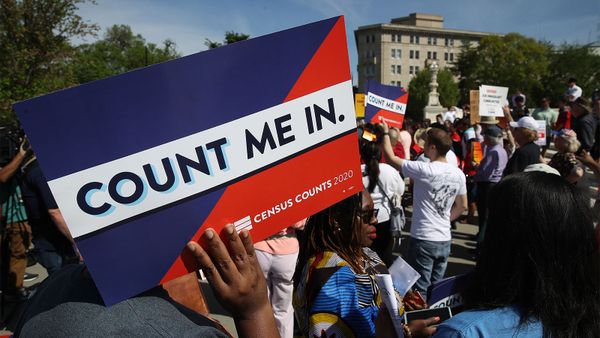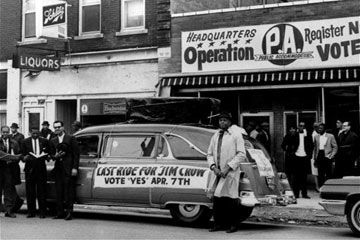
The news cycle is jam-packed with polls. Flip on the nightly broadcasts or browse online news articles and you'll be bombarded by the latest "statistics" about the percentage of Americans who believe in God; the breakdown of dog-lovers versus cat-lovers; and how many people between the ages of 65 and 85 own a Nintendo Switch. When it's an election year, poll numbers are headlines in themselves: "Clinton Leads Trump Among College-Educated Voters;" "Republicans More Likely to Vote Than Democrats;" and even the occasional "Dewey Defeats Truman!"
Sure, polls make great headlines, but how accurate are they? How much faith should we put in polls, particularly political polls that attempt to predict the outcome of an election? Who conducts these polls, and how do they decide whom to ask? Is it possible to achieve a representative sample of voters from randomly pulling numbers out of the phone book?
Advertisement
Political polling is a type of public opinion polling. When done right, public opinion polling is an accurate social science with strict rules about sample size, random selection of participants and margins of error. However, even the best public opinion poll is only a snapshot of public opinion at the particular moment in time, not an eternal truth [source: Zukin]. If you poll public opinion on nuclear energy right after a nuclear disaster, it's going to be much lower than the day before the disaster. The same is true for political polls. Voter opinion shifts dramatically from week to week, even day to day, as candidates battle it out on the campaign field.
Political polling wasn't always so scientific. In the late 19th and early 20th centuries, journalists would conduct informal straw polls of average citizens to gauge public opinion on politicians and upcoming elections [source: Crossen]. A newspaperman traveling on a train might ask the same question to everyone sitting in his car, tally the results and publish them as fact in the next day's paper.
In the 1930s, the popular magazine "Literary Digest" conducted public opinion polls of its large subscribership by mail and phone, believing that a large sample size would automatically generate infallible results. The magazine failed to notice that its readership was wealthier and more likely to be Republican than the average U.S. voter, leading the magazine to erroneously predict a landslide victory for Alf Landon over Franklin D. Roosevelt in 1936 [source: Crossen].
Today, the top political polling organizations employ mathematical methods and computer analysis to collect responses from the best representative sample of the American voting public. But there's still plenty of "art" in the science of political polling. Even random responses must be adjusted and sifted to identify subtle trends in voter opinion that can help predict the eventual winner on Election Day.
Let's start our examination of political polling with the most important indicator of accuracy: a representative sample.
Advertisement


